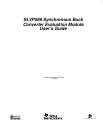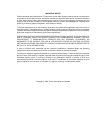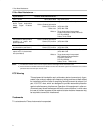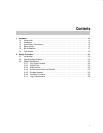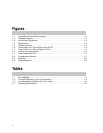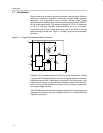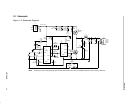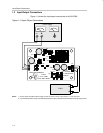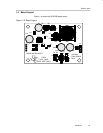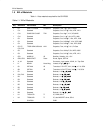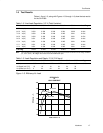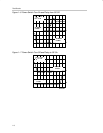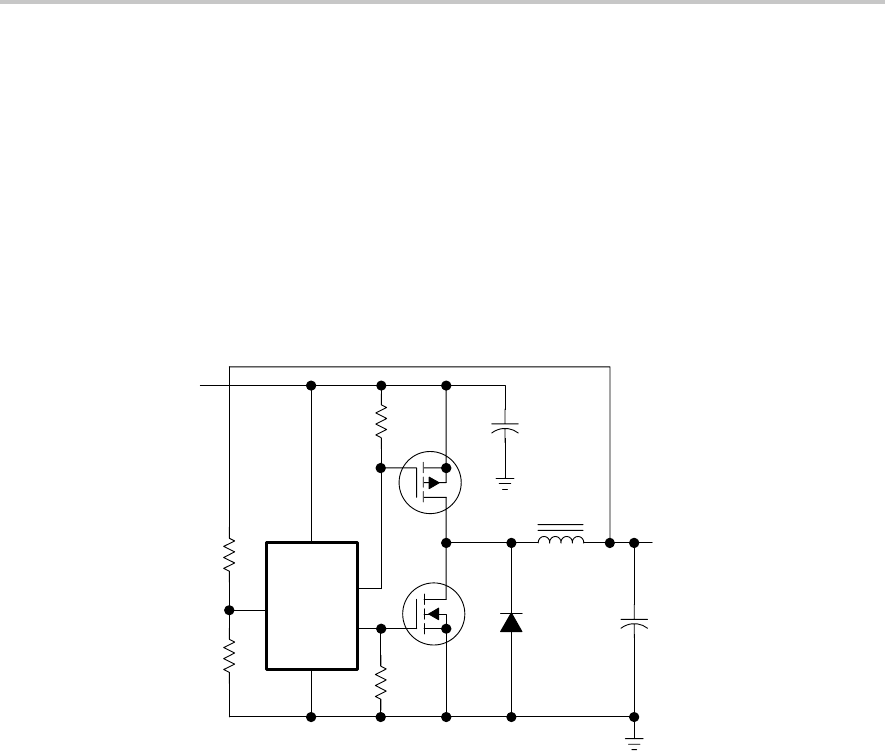
Introduction
1-2
1.1 Introduction
Synchronous buck converters provide the smaller size and higher efficiency
required by electronic equipment, particularly portable battery-operated
equipment. The synchronous buck converter reduces power losses
associated with a standard buck converter by substituting a power MOSFET
for the commutating diode. This reduces the typical 0.5-V to 1-V diode drop
to 0.3 V or less and increases system efficiency by up to 10 percent.
Continuous-current mode is desirable and is used in this EVM for the low
peak-to-average current ratio. Figure 1–1 shows a typical synchronous buck
converter.
Figure 1–1. Typical Synchronous Buck Converter
Controller
FB
R1
R2
Q1
Q2
R3
R4
CR1
+
C2
+
C1
V
O
V
I
L1
Transistor Q1 is the power switch and Q2 is the synchronous switch. A diode
in parallel with Q2 allows inductor current flow during the dead time when both
transistors are turned off. If dead time is not present in this configuration, high
transient shoot-through currents will flow during the transition when one tran-
sistor is turning on and the other is turning off, usually resulting in destruction
of the power stage switches.
The SLVP089 evaluation module will supply a nominal 3.3-V output over a load
range from 0 to 3 A using a dc input voltage of 5.5 V to 12 V. Full load efficiency
is typically 90 percent.




